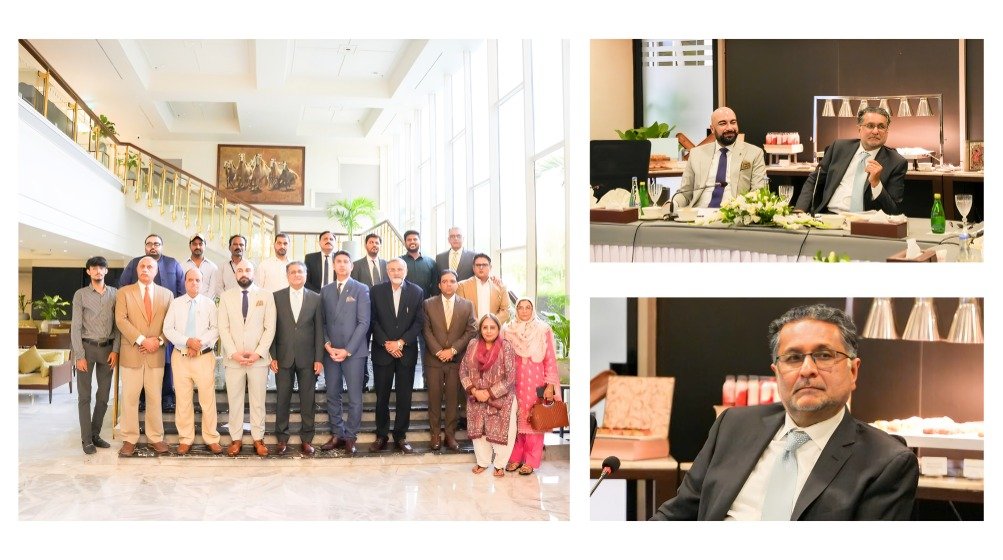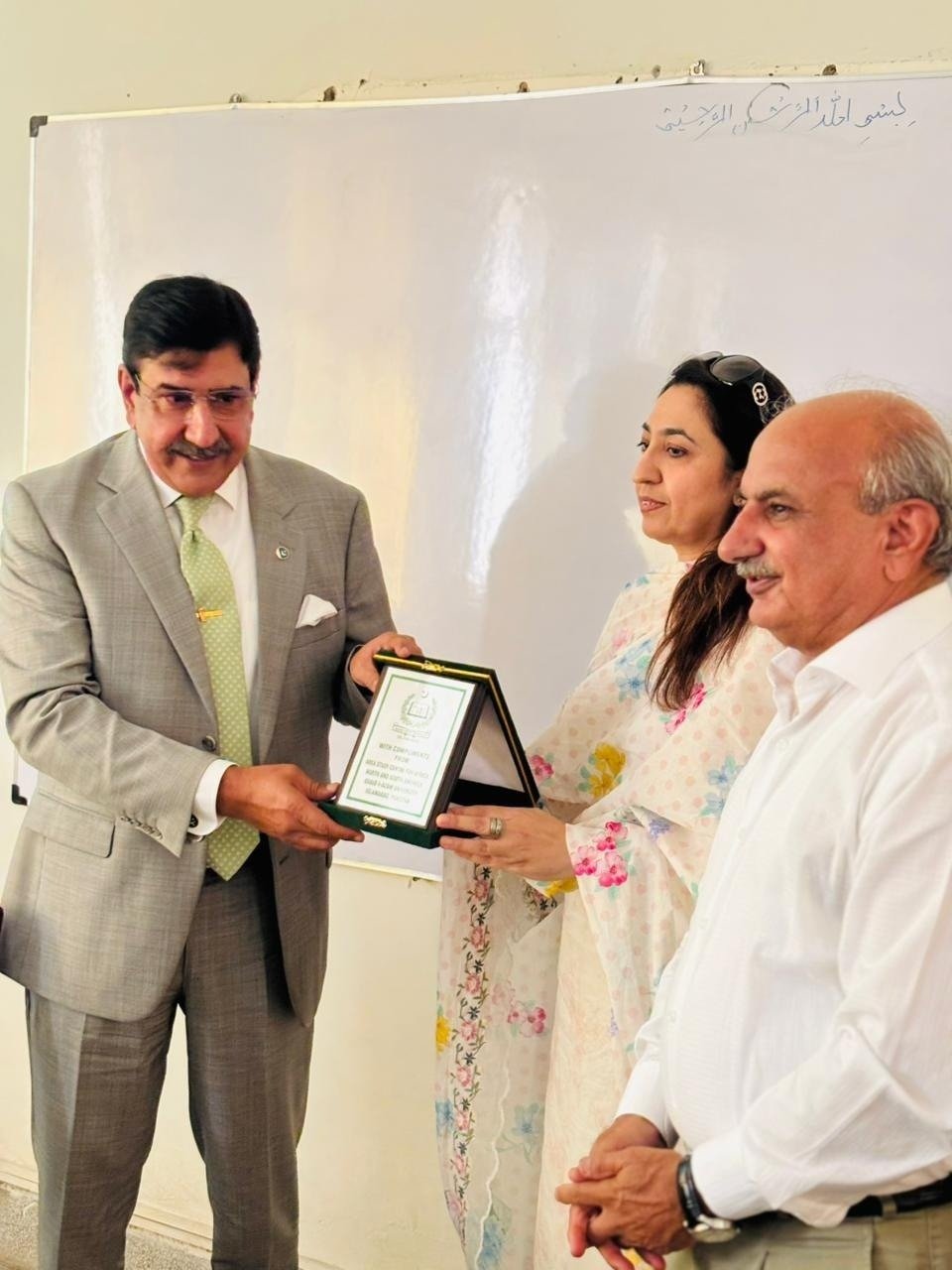The people well-expressed of the rural lifestyle may ignore its other aspects while defining it. When talk about some four or five decades ago, it is true that the rural society was simple, genuine and quite pure from structure, but at the same time, the difficulties and complications of that life were also unprecedented. Some of the problems and complications were characteristic of that society and some were self-created by those people.
However, if the standards of cleanliness are judged by today’s high-tech conditions, they look quite messy. For example, the use of cow dung for the “decoration and beautification” of houses was common (and still is). With the arrival of spring, the courtyards and walls of mud houses are covered with clay and cow dung. Some other “fine” things of the same kind are mixed with the cow dung to prepare a mixture and then carvings and vines are made on the courtyards and walls.
The enthusiasm, dedication and competition among the village women for this work were visible and this was expressed in their rush and sometimes snatching outside the cattle pens in the morning. Apart from decoration, cow dung has many useful uses, including making firewood from it, which is used for fuel. Over time, the use of firewood is now decreasing slightly.
Once upon a time, there was no house, roof or wall in the village that was not “decorated” with it. This little villager is a villager and he has seen many times in the village with his own eyes (which are not so sinful) that some women are cooking bread at the same time as they are “adjusting” the apples in the stove. In such a situation, the bread is held in one hand and the apples in the other. (And sometimes the same hand is used for both tasks). Personally, we have always had an ideological disagreement with these uses of cow dung. And many times we have tried to explain to the villagers with great sincerity that human society can survive even without the use of livestock waste, especially cow dung, and some societies have even presented a regular practical example of this. But thank God, they have always laughed.
At present, signs of development are visible in villages too. Due to the imprint of urban life, many villages are now considered cities. But until the seventies and eighties, the situation was completely different. Qualified doctors are still rare in rural areas, but in those days, there were no quacks. In such a situation, the presence of an ‘unqualified’ and uneducated quack was also a blessing. The village doctors were excellent people. If an elderly patient did not get better despite ten to fifteen days of ‘treatment’, even if he was suffering from a cold, fever, etc., they would give him an ‘answer’ with all sincerity based on their knowledge and experience. And they would tell the heirs to just ‘serve’ him and pray for him. The poor patient would also be happy that some service would be done under this ‘pretext’. When there was progress in medical science, part of this progress reached the village only in the form of ‘steroids’. Therefore, the village doctors use steroids without hesitation. Often their treatment method is very strange. The matter would start with ‘decadron’ (dexamethasone) and end with ‘dead and dying’. And the distance between them is so short that the “parties” do not get a chance to quarrel.
Another problem was the use of water. The “well” was the only source of water for general use. Humans, livestock, birds, etc. all drank water from here. The people of the well often went down into it and kept taking out broken pots. Sometimes an animal like a dog, donkey, etc. would fall into the well and the water would be taken out without their consent. But the biggest problem came to the fore when during the rainy days, there were large numbers of “kore” (tiny insects) in the water of the well. On these days, using this water for drinking became a serious problem. Rains created problems for these people in many other matters as well. Due to the mud houses, they could not make friends with the rains. Every rain was like a challenge for the mud houses and huts. Some of the problems created by the rain are simply indescribable. These people used to go out of their homes for essential needs. In such a situation, the rain would come up as a challenge of a different kind. On a cold winter night or during a heavy downpour, it was difficult to go out of the house for these purposes, to tend the fields and to perform the natural process of defecation.
The problems mentioned above and some other issues cannot be ignored at all. For example, lighting a fire with wet wood early in the morning in the winter season was no less than a torture. Trying to light a fire by blowing into the ‘dhooni’ under the pot on the stove, the servant would become like a ‘fan’. In such a situation, the ashes of the ashes and wood would fly and fall into the face and eyes and the rest would get mixed up in the pot and become part of the food. Nowadays, the ‘cooking range’ installed in the kitchen is operated with the help of a lighter and can be adjusted to the desired temperature. In those days, when electricity etc. was not even a concept in the villages, in the deadly heat of the intense summer, in which prayers were offered to escape the heat, people would fight mosquitoes and heat all night and the night would pass in a blink of an eye. On the other hand, due to the development of technology, today, in such weather, people use air conditioning, air coolers, fans… as much as they can afford. Anything is possible. They spend the night peacefully and sleep soundly.
But despite this, some people are still addicted to that era and simplicity.










